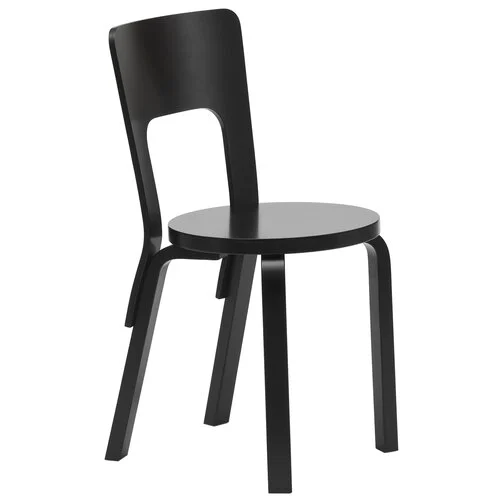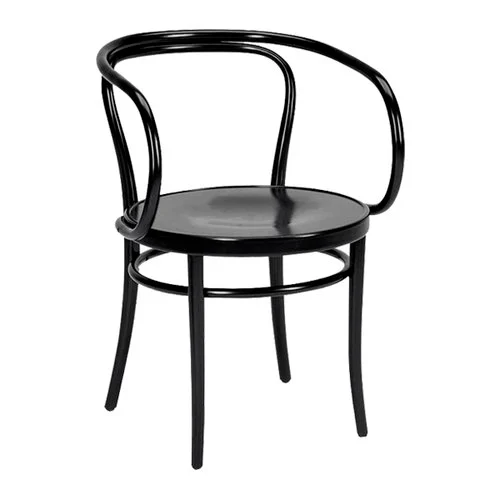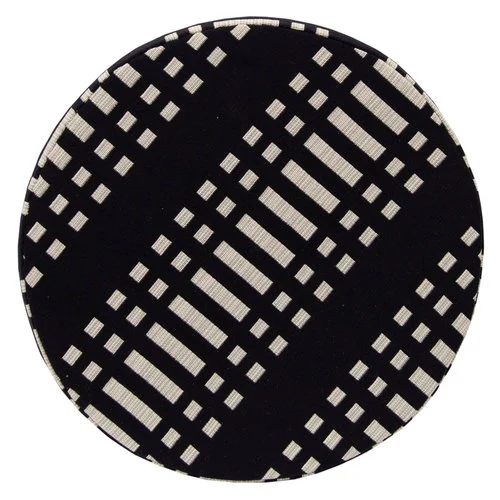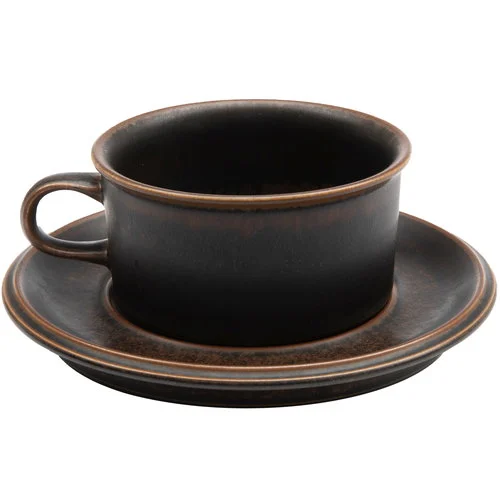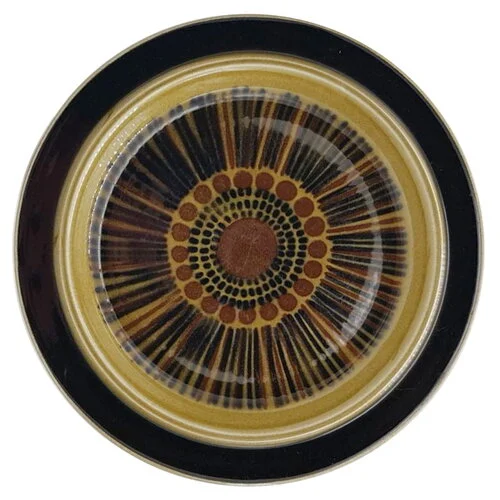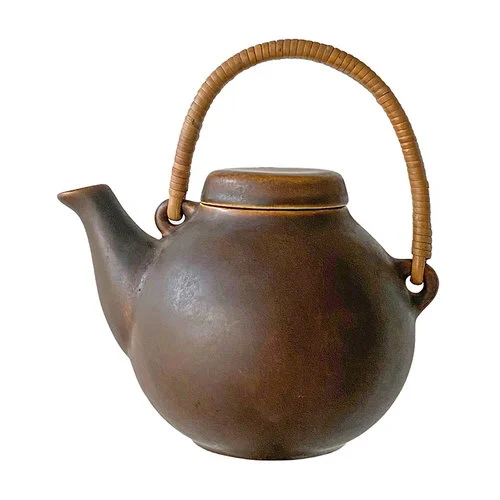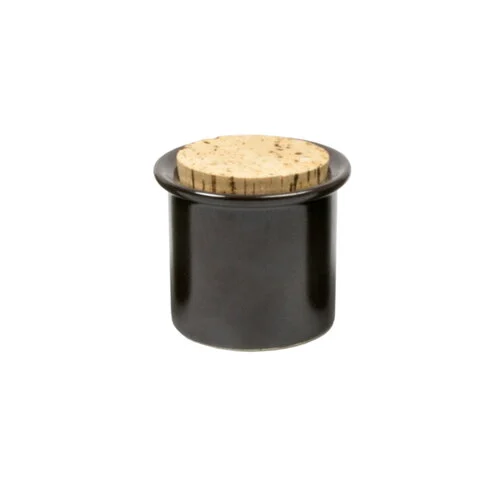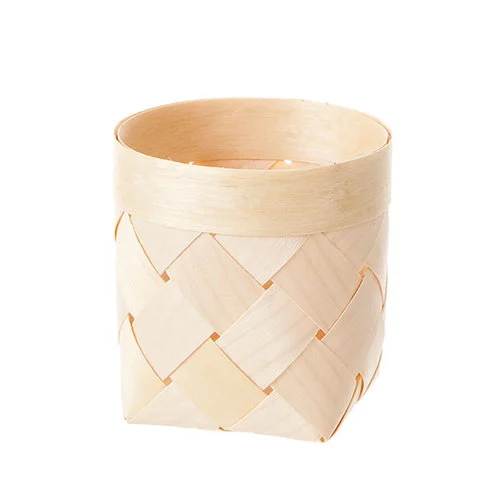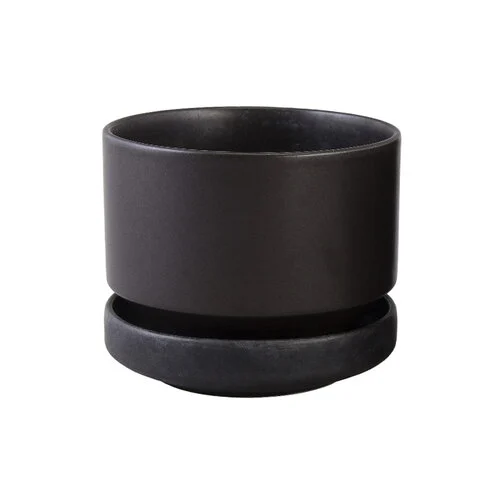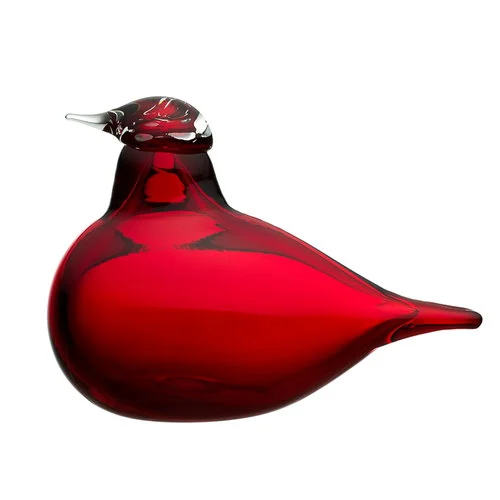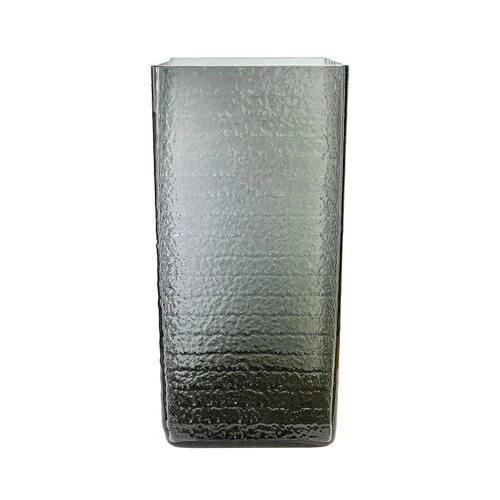One can easily gather clues about the Japanese couple’s fondness for Nordic design in their Helsinki home, which exudes a delightful mix of light and warmth. But it’s only when you take a moment to sit down at their kitchen table that the stories behind their cherished items come to life. Let’s listen!

Residents:
Kohsuke and Masako Nakamura, the founders of the concept store Common, live with their two sons in Jätkäsaari, just a stone’s throw away from Helsinki’s city center. There is 73 m2 of floor space.
Hi Kohsuke and hi Masako! Thank you both for welcoming us. Could you first tell us how you ended up living in this home?
Kohsuke: “We used to live in Helsinki’s Viiskulma area, but as the children grew, we needed a larger home. A couple of years ago, we applied for a home through the city of Helsinki, but we couldn’t really influence the specific type of apartment we’d get. When we first came here, the apartment felt quite white and box-like – a very typical city apartment. However, we fell in love with the abundant light pouring in from both sides, giving a sense of energy flowing through.”
Masako: “Our previous home was very close to our store, Common. Nowadays, we enjoy the physical distance from work when coming home. Changing the scenery at the end of the day and commuting by bike feel relaxing.”
Where did you live before moving to Finland?
Kohsuke: “I originally come from Nagasaki, a small port city on the west coast of Kyūshū in Nagasaki Prefecture, Japan. I feel that there are many familiar elements in Helsinki, reminiscent of Nagasaki, such as the ample space people have around them. This, in part, is why I feel so comfortable here.
Before moving to Finland, we lived in Tokyo for 12 years. Life there felt very hectic and consumption-driven. After working in Tokyo for several years, I paused to question the constant rush and ponder what truly matters in life. The idea of moving beyond Japan began to appeal to me.”
Masako: “In the year 2000, we took a trip to Finland, Sweden, and Denmark, spending a few days in each country exploring. Just before the trip, we had become acquainted with designer Fujiwo Ishimoto through Kohsuke’s work. Ishimoto took us around Finland, showing us places like design manufacturers’ factories and locations that regular tourists wouldn’t have access to. Helsinki immediately impressed us with its uniqueness, and the journey itself left a warm mark in our hearts. After the trip, we knew we wanted to move to Finland. That’s also when our friendship with Ishimoto began, and it has continued to this day.”

Fujiwo Ishimoto, the Japanese-born textile and ceramic artist, has designed numerous fabric patterns for Marimekko and ceramics for Arabia. Could you tell us more about your friendship with him?
Kohsuke: “I first met Ishimoto when we were still living in Tokyo. I was working for a design company that dealt with Scandinavian brands, including Marimekko. I already knew about Ishimoto, but we happened to meet in person about a month before Masako and I were planning to travel around the Nordic countries.
Ishimoto himself moved to Finland back in the 1960s and spent a total of 40 years here, with his final residence in Katajanokka, Helsinki. The Japanese community in Finland is relatively small, and we often celebrated birthdays and anniversaries and had dinners together with Ishimoto and other friends.
During the pandemic, Ishimoto moved back to Japan, and I helped him with the move. Over the years, he had accumulated a lot of amazing items and, of course, a lot of Finnish design. He didn’t want to take everything with him to Japan, so he gave us some of his belongings. For instance, the large, old euphorbia plant in our dining area is from Ishimoto. The vintage chair next to the balcony door is also his. The seat upholstery has some tears, and we initially considered replacing the entire fabric – luckily, we changed our minds as we felt the original fabric, with all its wear and tear, suits the chair’s character perfectly.”
It’s in these signs of wear and tear that the layers of age and life are crystallized. So, in your opinion, what elements contribute to creating a good atmosphere at home, especially when starting with a blank canvas?
Kohsuke: “Since this apartment was quite new itself, it felt particularly important to bring in old furniture and items that add different layers to the overall ambiance. For us, vintage furniture naturally creates a homely atmosphere. To complement the vintage pieces, especially the wooden ones from Artek, we decided to paint one wall in sage green. A green wall in the heart of the living area influences the whole home’s atmosphere and accentuates the patina of the furniture.”
“For us, vintage furniture naturally creates a homely atmosphere.”
Masako: “Creating a good atmosphere, especially when moving to a new country, also involves cooking familiar dishes. The flavors and aromas convey the ambiance and bring back good memories. The scent of a specific dish can immediately transport you to your grandmother’s kitchen.”
Today, you served us your homemade matcha tiramisu, which was absolutely delicious! What other dishes have inspired you recently?
Masako: “Lately, we’ve been excited about making bagels, especially on weekends. We bake the bagels ourselves and fill them with salted meat. There’s a place called Brick Lane in London that serves these kinds of bagels. It’s especially popular among taxi drivers and partygoers until the early hours of the morning. The bagels there are so good that we’ll probably never forget that taste experience!”
Kohsuke: “Our life with two kids is quite busy, and I usually work at our store until six in the evening. Masako prepares our weekday meals, which are often various Japanese curries, donburi, fusion Japanese dishes, or pasta. We always have dinner together, and everyone has their usual spot at the dining table. On weekends, we have more time to cook together, and we might make more elaborate dishes like stews or sushi.”

Your beautiful collection of tableware here can’t go unnoticed. Let’s talk a bit about it.
Masako: “When I’m choosing new tableware for our home, I always think about what food I’d like to serve in them. So, it’s essential that the dishes are genuinely used and not just decorative pieces. Kohsuke, especially, loves to browse vintage stores, second-hand shops, and antique fairs. I particularly like his finds of Arabia’s Ruska tableware, which we use regularly.”
Kohsuke: “We both have a deep fondness for Okinawan ceramics, which come from the Japanese island of Okinawa known for its handmade ceramics. Often, when selecting tableware, we end up choosing something made in Okinawa.
Our collection also includes the blue-patterned teacups designed by Oiva Toikka for Rörstrand, which remind us in many ways of the porcelain tableware made in Hasami. The town of Hasami is located in the Nagasaki Prefecture, and it’s considered one of the most significant locations of Japanese ceramic industry, producing Hasami porcelain for centuries.
I’ve been into browsing various antique and vintage stores and fairs for the past 20 years. I enjoy the fact that you can always find fresh ideas for yourself and, at the same time, train your eye. In glass art, I particularly admire Kaj Franck’s and Oiva Toikka’s work. And, of course, Fujiwo Ishimoto’s designs are an eternal inspiration for me! Sometimes when I’m browsing, I don’t even feel the need to buy anything; I just love examining old items, tableware, and tools. I’m looking forward to attending the annual Fiskars Antiques Fair this summer!”


At your home, it’s easy to notice your attachment to Nordic design. How did you initially become drawn to it?
Kohsuke: “While working in Tokyo, I got acquainted with Scandinavian and Finnish design, which often features pieces that have remained unchanged for decades. Their design reflects the careful time invested, the concept of durability, and timeless relevance. It was during that time that I started to delve deeper into Nordic design and developed a profound appreciation for it. In my opinion, the best designs can teach us what truly matters in life. Organic materials and forms mirror the basic elements of life. Good design is made to enhance life and is meant for everyone.
“We are returning to traditions and craftsmanship, seeking a sense of meaning through those pursuits.”
Today, it seems that people are becoming weary of overconsumption, both in Japan and on a more global level. We are returning to traditions and craftsmanship, seeking a sense of meaning through those pursuits. This trend is also evident in the work of many young designers, which is delightful to see.”

Given your line of work and your deep connection with well-designed everyday objects, there’s a sense that all items in your home are valued, cherished, and genuinely used. Are there any purely decorative pieces in your home?
Kohsuke: “Perhaps the first thing that comes to mind is the carp made of washi paper, hanging next to our bookshelf. It’s a traditional Japanese ornament used to celebrate Children’s Day annually. Each region has its own ways of using this ornament. Usually, carp decorations are made from fabric, but this version is made of paper.”
Masako: “The patterns on the ornament were hand-painted by a Japanese woman with over 60 years of experience in painting. Children’s Day is celebrated in Japan on May 5th after hanami, the cherry blossom festival. Although the carp is purely a decorative item, it holds great significance for us, because it was given to us by Ishimoto.”

Get inspired
See also:
• New vintage arrivals at Franckly >
• Fujiwo Ishimoto’s vintage designs >
Text: Jenna Kiuru Images: Jenna Kiuru and Tuomas Pajuniemi











